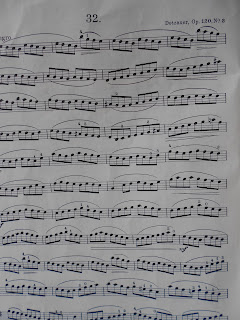Carpal Tunnel Syndrome. (2010, May 25). Retrieved June 16, 2011, from PubMed Health: http://www.ncbi.nlm.nih.gov/pubmedhealth/PMH0001469/
Croghan, L. (n.d.). Study Questions Use of Wrist Braces. Retrieved June 17, 2011, from Cats Paw: http://catspaw.com/carpal_tunnel.php
Hagedorn, A. (2011, June 17). Injuries with the Cello. (A. Hagedorn, Interviewer)
How to Eliminate Carpal Tunnel Syndrome in Musicians. (2006). Retrieved June 17, 2011, from Balance Systems, INC: http://www.repetitive-strain.com/Articles1/carpal-tunnel-syndrome-in-musicians.html
Musicians and Injuries. (n.d.). Retrieved June 16, 2011, from UN-L Engineering Electronics Shop: http://eeshop.unl.edu/music.html









